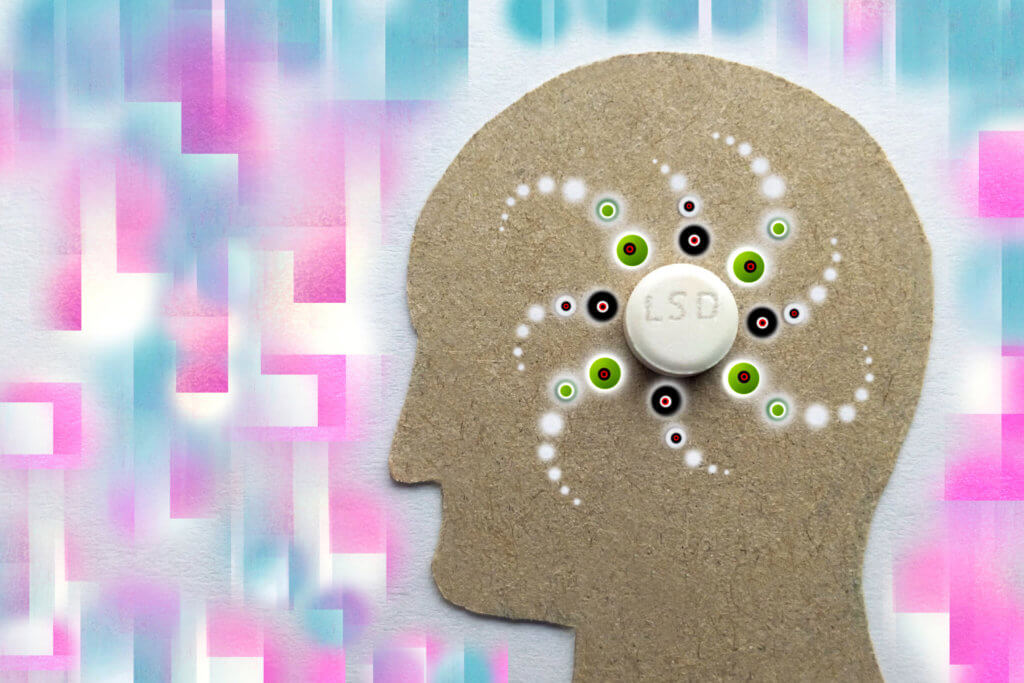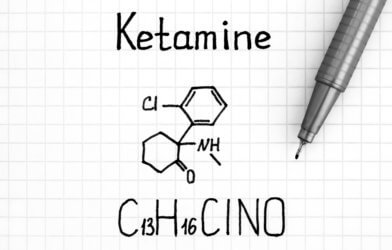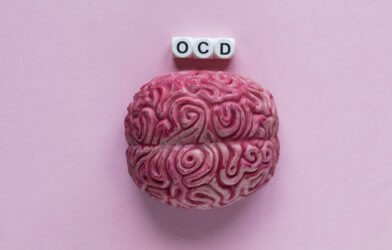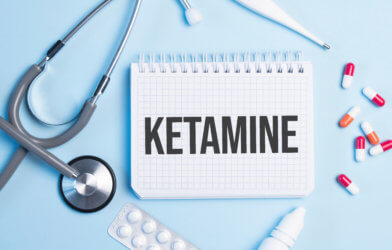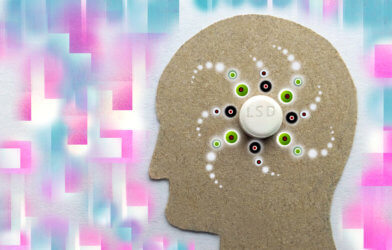The use of psychedelics has increased greatly among adults 26 and older as of 2015. It’s risen so much that now, it’s estimated that over 5.5 million people in the U.S. used hallucinogenic drugs in 2019, according to a new study from Columbia University’s Mailman School of Public Health. This statistic shows an increase from 1.7 percent of the population ages 12 years and over as of 2002, to 2.2 percent in 2019.
The use of hallucinogens, which as a category includes an array of psychoactive compounds, including psychedelic party drugs like LSD, can lead to several adverse reactions that may or may not be felt under the influence. People may experience heightened anxiety, confusion, delusion, and fear. LSD and Ecstasy and an array of others are also associated with pathological distress as well. Studies have found that they increased risk of developing autonomic, endocrine, cardiovascular and neurological adverse effects such as high blood pressure, heart rate and loss of appetite, and even seizures.
In recent years however, scientists point to mental health benefits from microdosing psychedelics, or taking tiny doses of these drugs to prevent the hallucinogenic “trip” they create. One recent study, fox example, shows that microdosing psilocybin, the chemical compound in “magic mushrooms,” leads to improved mood, less stress. Ketamine, known as the party drug “Special K” has shown positive results in treating depression. Similar studies conclude that LSD and MDMA (Ecstasy) also conclude that the drugs carry mental health benefits, particularly for PTSD patients.
Still, experts warn that these positive results should not lead people to use the drugs on their own. Rather, anyone interested in using them for mental health benefits should first speak with their doctor.
“While new findings suggesting benefits from use of certain hallucinogens among a range of cognitive areas are being published at a rapid rate, there are still gaps in knowledge concerning safe hallucinogen use, and evidence for potential adverse effects even with professionally supervised use that warrant attention,” says Dr. Ofir Livne, postdoctoral fellow in the Department of Epidemiology at Columbia Mailman School, and first author.
To examine trends of use in the United States, the research team analyzed data from the National Survey on Drug Use and Health (NSDUH) from 2002 to 2019 for participants 12 years of age and up.
Their findings uncovered that from 2002 to 2019, the prevalence of 12-month LSD use increased notably across the board and especially among adolescents aged 12–17 years, leaping from 0.9% to 4%. Despite this, the prevalence of recognized risk for regular LSD use decreased significantly overall for the years 2002–14 for all age groups.
“Our finding of an upward trend in 12-month LSD use, overall and by age, matches our finding of a downward trend in perception of LSD as risky,” adds Deborah Hasin, PhD, professor of epidemiology at the Columbia University Irving Medical Center, and senior author.
Nowadays, the authors believe that the media plays a role in this perception. Over the years, increased reports have discussed the commercialization and popularity of psychedelics, which could distort someone’s perception of their own risk. As such, the team believe that these findings support the greater need for healthcare professionals and policymakers alike to address this public health concern by increasing public awareness on the dangers of unsupervised use for all age groups.
This study is published in the journal Addiction.
